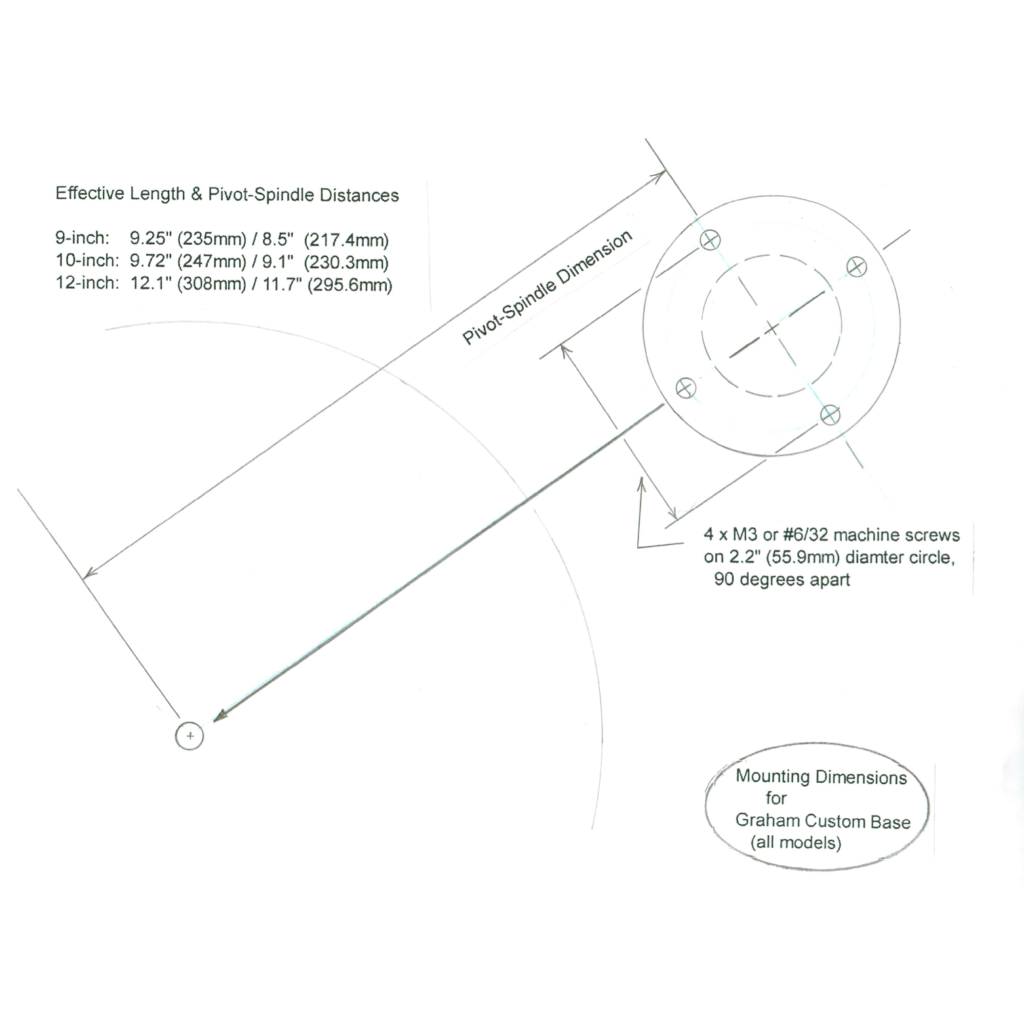Phantom III is the same specification as the Phantom II, but has an updated armwand, new internal wiring for armwand and bearing housing.
The Phantom III surpasses even the highly rated Phantom II and when compared to other tonearms on the market, tests and preliminary user comments have confirmed that the Phantom III is in another, altogether higher league of performance.









